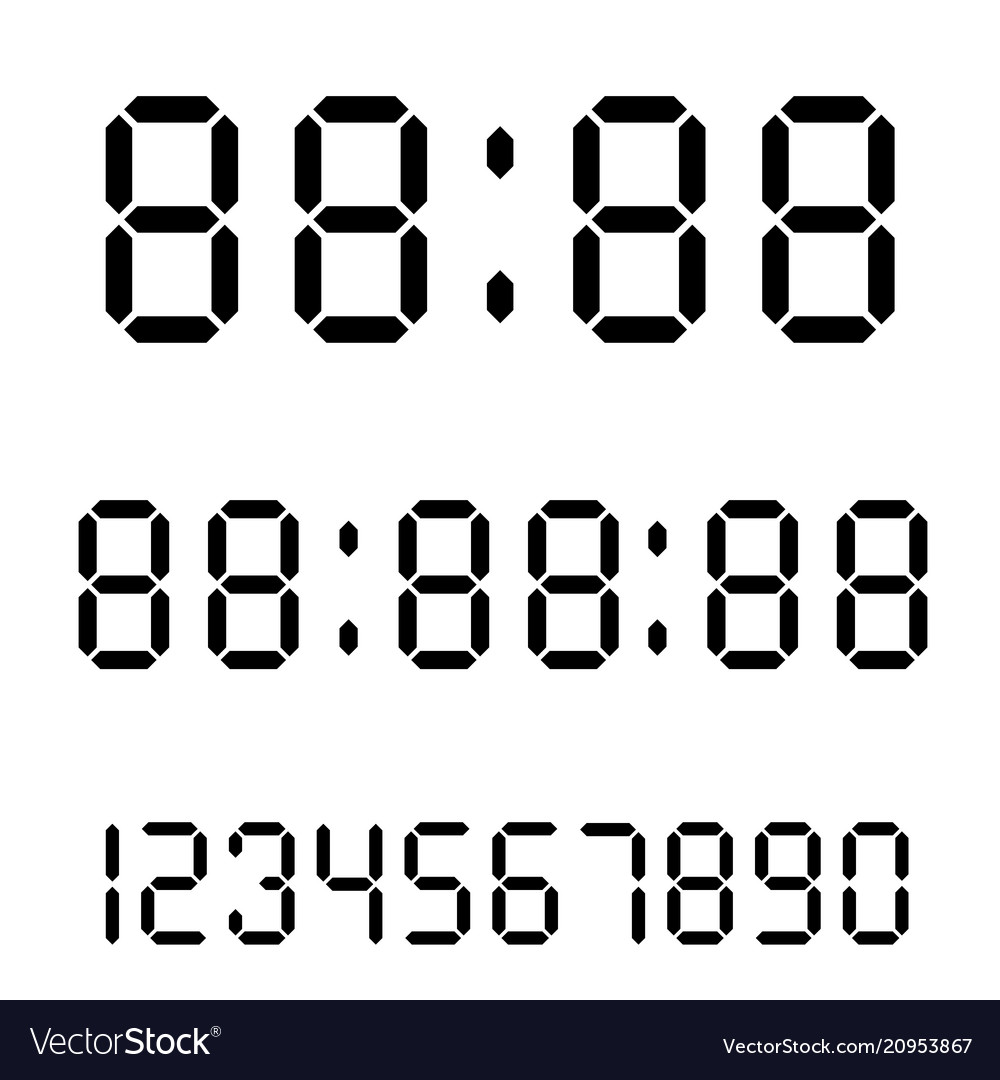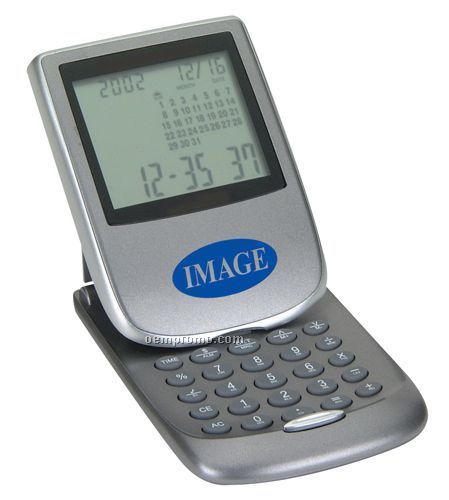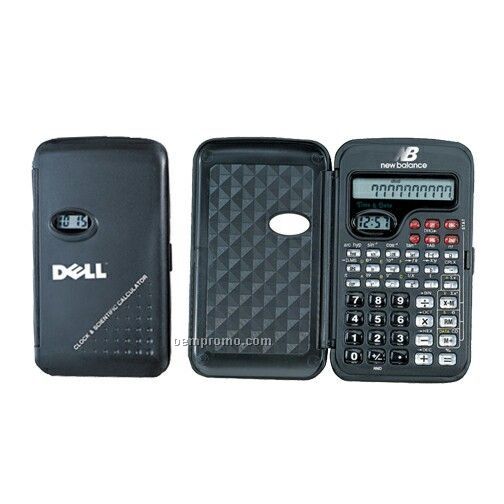
A drawback is that the custom time format cannot distinguish between zero and non-zero values and ignore the latter. =B2-A2), and then apply the following time format to the cell:ĭ "days," h "hours," m "minutes and" s "seconds"Īn advantage of this approach is that your result would be a normal time value that you could use in other time calculations, while the result of the complex formula discussed above is a text value. The syntax may seem excessively complicated, but it works :)Īlternatively, you can calculate time difference by simply subtracting the start time from the end time (e.g.

To instruct your Excel time difference formula to hide zero values, embed four IF functions into it:

And then, you concatenate all these functions in a single formula along with the text labels: You use the HOUR, MINUTE and SECOND functions to return corresponding time units and the INT function to compute the difference in days. This is probably the most user-friendly formula to calculate time difference in Excel.

Display time difference as "XX days, XX hours, XX minutes and XX seconds" To force the formula to update, press either Shift + F9 to recalculate the active spreadsheet or hit F9 to recalculate all open workbooks. The elapsed time is not updated in real-time, it refreshes only when the workbook is reopened or recalculated. For example, the following formula returns the time elapsed since the time value in cell A2 up to now: If your starting points contain only time values without dates, you need to use the TIME function to calculate the elapsed time correctly. In case the elapsed time exceeds 24 hours, use one of these time formats, for example d "days" h:mm:ss like in the following screenshot: Supposing that the beginning date and time is in call A2, the formula below returns the following results, provided you've applied an appropriate time format to column B, h:mm in this example: In order to calculate how much time has elapsed since the start time to now, you simply use the NOW function to return today's date and the current time, and then subtract the start date and time from it. Calculate elapsed time from a start time to now the result of the formula is a negative number), the #NUM! error is returned. If the end time is less than the start time (i.e. The elapsed time is displayed differently depending on the time format applied to the column: With Start times residing in column A and End times in column B, you can copy the following formula in columns C though E: Please see Creating a custom time format in Excel for the detailed steps.Īnd now, let's see how our time difference formula and time codes work in real worksheets. To apply the custom time format, click Ctrl + 1 to open the Format Cells dialog, select Custom from the Category list and type the time codes in the Type box. To make them more informative, you can apply custom time formatting with one of the following codes: Time codeĮlapsed hours and minutes, display as 4:10.Įlapsed hours, minutes and seconds, display as 4:10:20. The decimals in column D are perfectly true but not very meaningful. Remembering that in the internal Excel system, times are represented by fractional parts of decimal numbers, you are likely to get the results similar to this: =TIME(HOUR(A2), MINUTE(A2), SECOND(A2)) - TIME(HOUR(B2), MINUTE(B2), SECOND(B2))Ĭalculates the time difference between values in cells A2 and B2 ignoring the date difference, when the cells contain both the date and time values. =TIMEVALUE("8:30 PM") - TIMEVALUE("6:40 AM")Ĭalculates the difference between the specified times. Depending on you data structure, the actual time difference formula may take various shapes, for example: FormulaĬalculates the difference between the time values in cells A2 and B2.


 0 kommentar(er)
0 kommentar(er)
